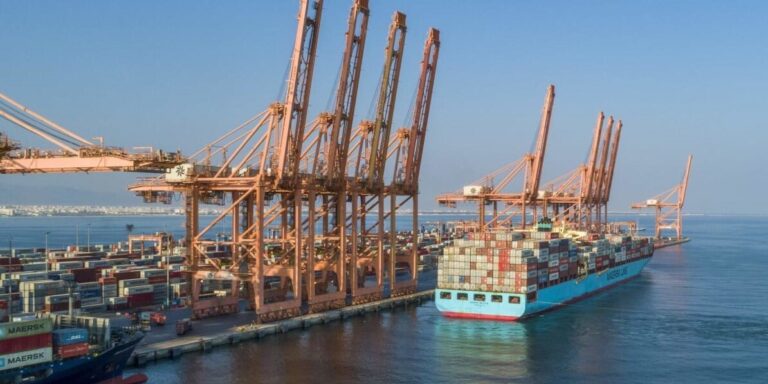According to supplier Cavotec, a new case study by Starcrest Consulting Group shows fast mooring using its MoorMaster automated mooring system can reduce annual carbon emissions from container vessels by tens of thousands of tonnes in a single port.
Cavotec says it asked environmental consultancy Starcrest Consulting Group to estimate the potential environmental benefits of fast mooring with MoorMaster in container terminals and develop a tool for ports to calculate their own potential benefits. The Starcrest tool is free to use and available for download at www.cavotec.com/moormasterforcontainer.
In the case study, the company claims the tool shows that automated mooring could reduce carbon emissions by up to 20,000 tons per year across the two San Pedro Bay ports in Southern California, and a similar amount in Port of Oakland in Northern California. In each case, the technology could also cut harmful nitrogen oxides at berth by up to 50 tonnes per year.
“The potential efficiency improvements from the MoorMaster system can translate into emission reductions from mooring operations that aren’t generally being targeted. These savings have the potential to create further system efficiencies and associated reductions. In advanced air pollution control areas like California, these reductions could be significant,” said Bruce Anderson, principal at Starcrest.
MoorMaster replaces conventional mooring lines with remotely operated vacuum pads that moor vessels quickly, enabling them to connect faster to shore power in port and reduces the use of tugs, further reducing potential emissions.
Nicklas Vedin, product manager for MoorMaster, noted, “For an average 3,500 TEU vessel, the tool shows a total carbon reduction of around nine tonnes of carbon dioxide per call with the inputs used in the case study. [Multiplying this] by the close to 500,000 container terminal calls per year across the world means that the technology could potentially reduce global emissions of greenhouse gases by several million tonnes per year.”



